
Path of Toxic Pollution
How making “forever chemicals” for food packaging threatens people and the climate.

The Global Threat From Plastic Pollution
The rational response to the global threat posed by accumulating and poorly reversible plastic pollution is to rapidly reduce plastic emissions through reductions in consumption of virgin plastic materials, along with internationally coordinated strategies for waste management.

Plastic Waste Management Hazards: Waste-To-Energy, Chemical recycling, and plastic Fuels
With petrochemical companies avoiding fossil fuel carbon liabilities by massively increasing plastic production, the amount of plastic waste generated is set to climb dramatically. This report examines the current and emerging methods by which plastic waste is managed globally and questions whether any of them present a solution to the rapidly accelerating generation of plastic waste.

Plastic Waste Poisoning People in Africa, Asia, Central and Eastern Europe & Latin America
Plastics and food packaging contain chemical contaminants from manufacturing along with many additives to make them inflammable, more flexible, grease-resistant, or sterile, as well as other substances to create many other properties. Many of these additives are toxic and they leak from products during use and can be released during recycling and from recycled products.
This study focuses on persistent organic pollutants (POPs), whose releases are closely related to plastic wastes. The POPs include additives in the plastic as such, as well as unintentionally produced POPs (UPOPs) generated mostly by burning, incineration and/or other thermal treatment of plastics.
Four samples from this study are among the ten highest ever measured levels of chlorinated dioxins in chicken eggs globally.

Deep Dive into Plastic Monomers, Additives, and Processing Aids
A new study finds that plastics release many more toxic chemicals throughout their life cycle than previously thought, posing significant risks to both people and the planet.

Missing the Mark: Unveiling corporate false solutions to the plastic pollution crisis
For the first time, Break Free From Plastic has recorded the plastic solutions projects of our seven top plastic polluters, and classified the projects according to whether they are real solutions or false ones.

Reuse wins: top findings show reuse beats single-use every time
Reuse Wins shows how a new reuse economy is emerging to replace the use of single-use products in food service.
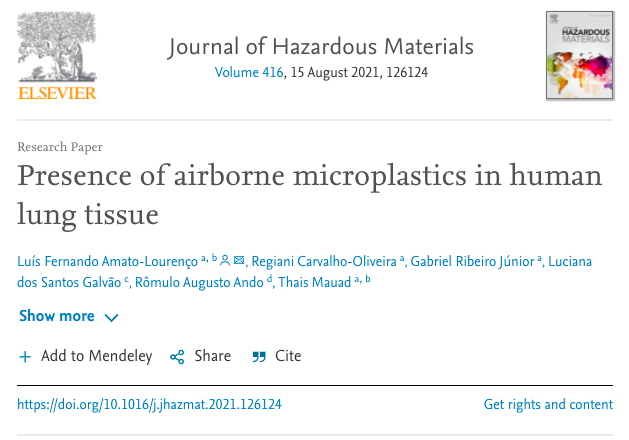
Presence of airborne microplastics in human lung tissue
Microplastics are present in the air and may be inhaled by humans, but whether they have deleterious effects on the respiratory system remain unknown. In this study, we determined the presence of microplastics in human lung tissues obtained at autopsies.

High frequency of micro- and meso-plastics ingestion in a sample of neonate sea turtles from a major rookery
Evidence points to plastics ingestion being an important source of population-level effects in neonate sea turtles.
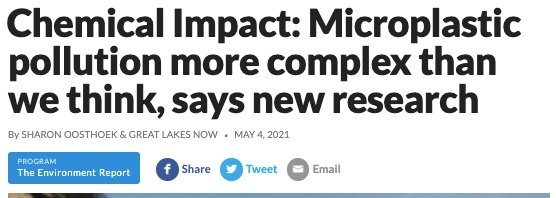
Chemical Impact: Microplastic pollution more complex than we think, says new research
Microplastic pollution has been building up in the Great Lakes for at least four decades, but our understanding of its impact on fish and other aquatic creatures is only just catching up.

Aquatic Pollutants In Oceans And Fisheries
Pollutants including industrial chemicals, pesticides, pharmaceuticals, heavy metals, plastics and microplastics have deleterious impacts to aquatic ecosystems at all trophic levels from plankton to whales.

Constraining the atmospheric limb of the plastic cycle
In modeling the atmospheric limb of the plastic cycle, we show that most atmospheric plastics are derived from the legacy production of plastics from waste that has continued to build up in the environment.
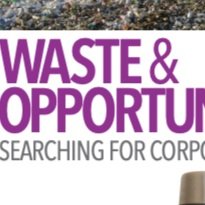
Waste and Opportunity 2020: Searching for Corporate Leadership
This study measures the progress of 50 large companies in the beverage, quick-service restaurant, consumer packaged goods, and retail sectors on six core pillars where swift action is needed to reduce plastic pollution,

Microplastics Found in 100 Percent of Tested Pennsylvania waterways
At 53 waterways tested across Pennsylvania, microplastic contamination was found in every spot, from Lake Erie, Pittsburgh's Three Rivers and the Delaware River, according to a new report entitled Microplastics in Pennsylvania: a Survey of Waterways released Wednesday.
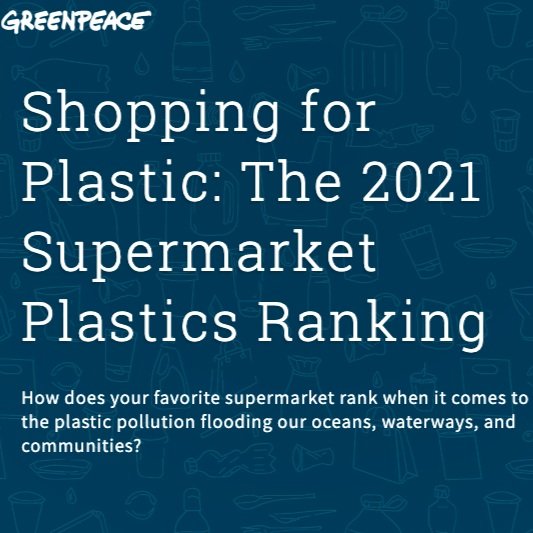
Shopping for Plastic: The 2021 Supermarket Plastics Ranking
How does your favorite supermarket rank when it comes to reducing the plastic pollution flooding our oceans, waterways, and communities?
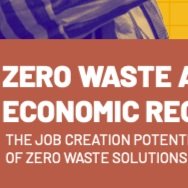
Zero Waste And Economic Recovery: The Job Creation Potential Of Zero waste Solutions
Zero waste creates over 200x as many jobs as landfills and incinerators! Let’s stop throwing away the chance to create thousands of good jobs. It’s time for our leaders to invest in solutions that work for us and our planet.

Congressional Stimulus and funding Bills: Recommendations To reduce Plastic Pollution
257 organizations have identified 13 priorities to include and 5 false solutions to avoid in stimulus and other spending actions to address our burgeoning plastic pollution and climate change crises.
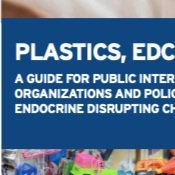
Plastics, EDCs & Health
A guide for public interest organization and policy-makers on endocrine disrupting chemicals and plastics.

Amazon’s Plastic Problem Revealed
How Amazon is flooding our communities, environment, and oceans with hundreds of millions of pounds of plastic packaging and how they can stop.

Plastics Pose a Threat to Human Health
Authoritative reports shows plastics and microplastics are pervasive sources of exposure to dangerous endocrine-disrupting chemicals.

